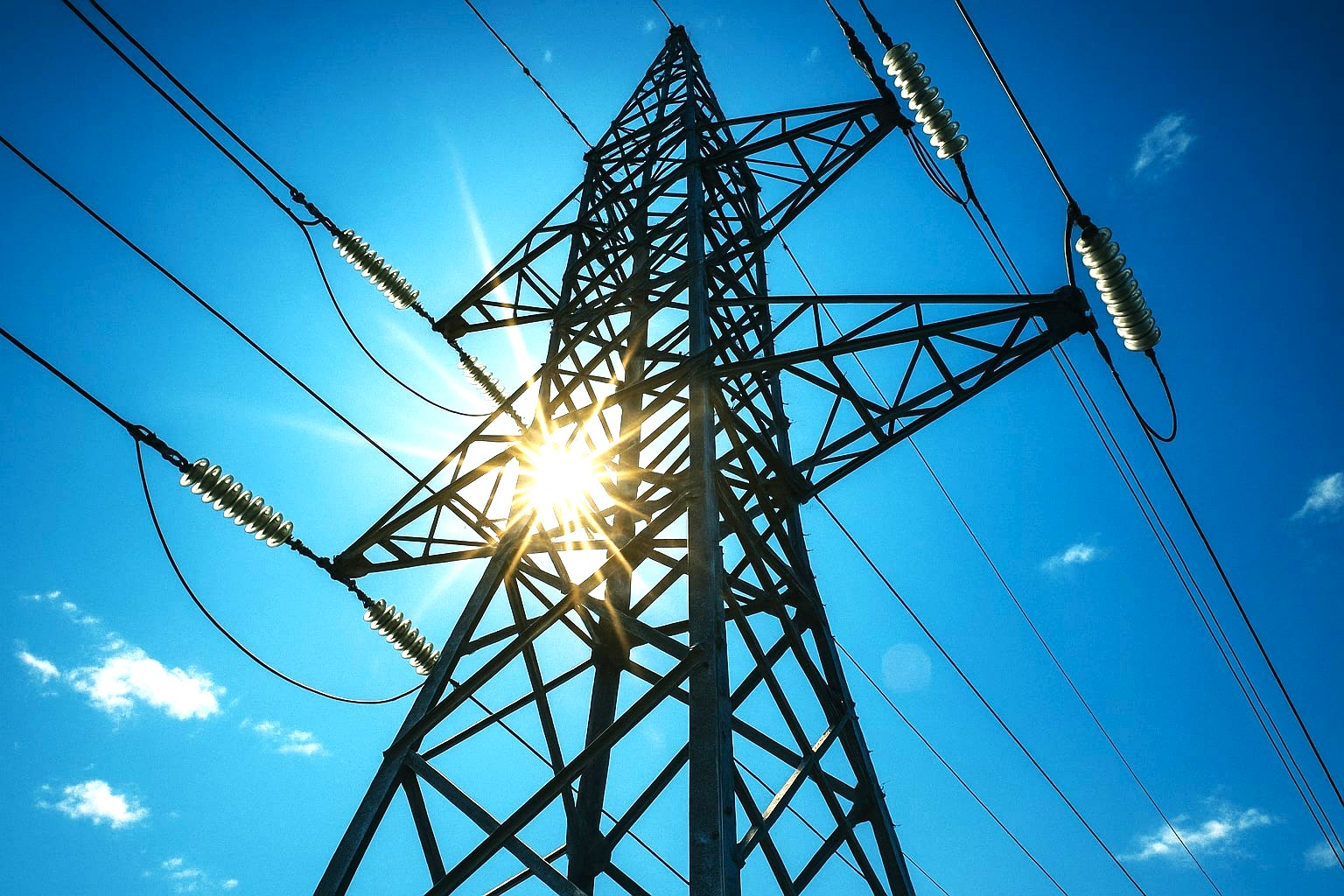Cyprus recorded one of the largest decreases in household electricity prices across the European Union in the first half of 2025, with costs falling by 9.5 per cent compared with the same period a year earlier, according to new Eurostat data.
Across the EU, electricity prices for households remained broadly stable at €28.72 per 100 kWh, showing only a slight 0.5 per cent decline from €28.87 in the second half of 2024.
However, despite this period of stability, prices remain well above pre-2022 energy crisis levels.
At the same time, the share of taxes and levies in household electricity bills increased from 24.7 per cent in late 2024 to 27.6 per cent in early 2025, partly offsetting the impact of lower pre-tax energy costs.
As a result, the decline in wholesale prices has yet to be fully reflected in consumers’ final bills.
According to Eurostat, Germany recorded the highest household electricity prices in the first half of 2025 at €38.35 per 100 kWh, followed by Belgium (€35.71) and Denmark (€34.85).
In contrast, the lowest prices were found in Hungary (€10.40), Malta (€12.44) and Bulgaria (€13).
Meanwhile, the steepest increases were reported in Luxembourg (up 31.3 per cent), Ireland (up 25.9 per cent) and Poland (up 20 per cent).
When adjusted for purchasing power standards (PPS), electricity remained most expensive for households in Czechia (39.16 PPS), Poland (34.96) and Italy (34.40).
Cyprus (32.1) also ranked among the highest, followed closely by Belgium (31.81) and Spain (29.07).
By comparison, Portugal (28.99), Greece (27.85) and France (24.46) were slightly below this level, while Bulgaria (21.19) and Slovenia (20.75) remained under the EU average.
At the lower end of the scale, Serbia (17.95), Finland (18.70), Hungary (15.01) and Malta (13.68) recorded the most affordable electricity prices in PPS terms.
For non-household consumers, prices showed a marginal decline to €19.02 per 100 kWh in the first half of 2025, compared with €19.41 in the previous semester.
Overall, the number of countries reporting price increases was almost equal to those recording decreases, pointing to a broadly stable trend across the bloc.







Click here to change your cookie preferences